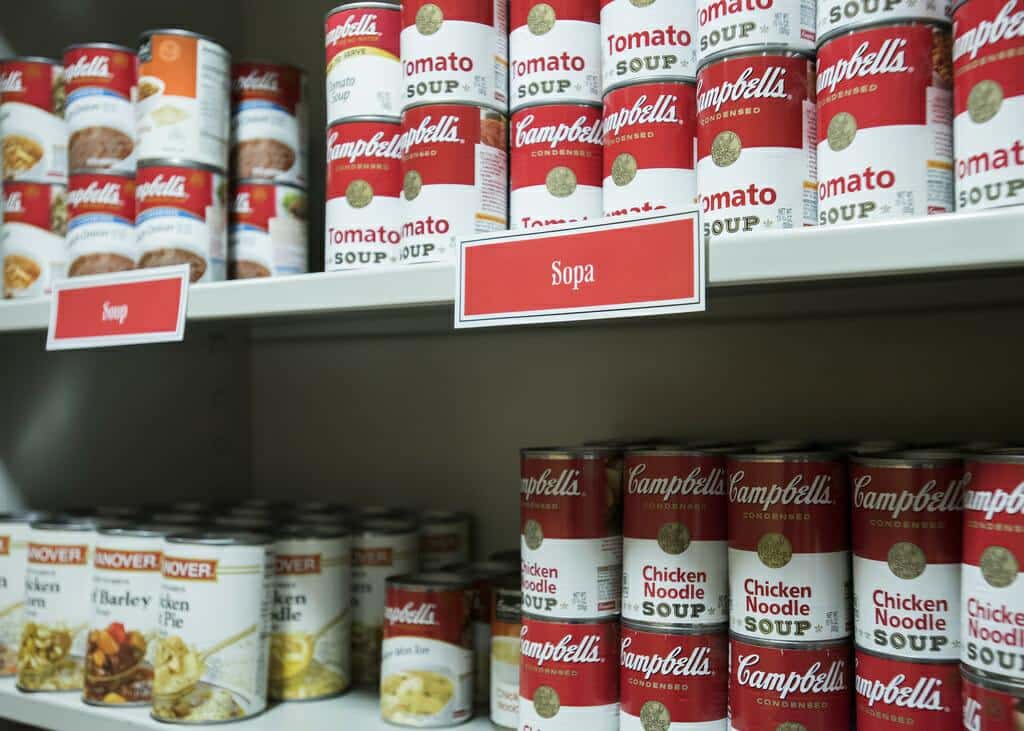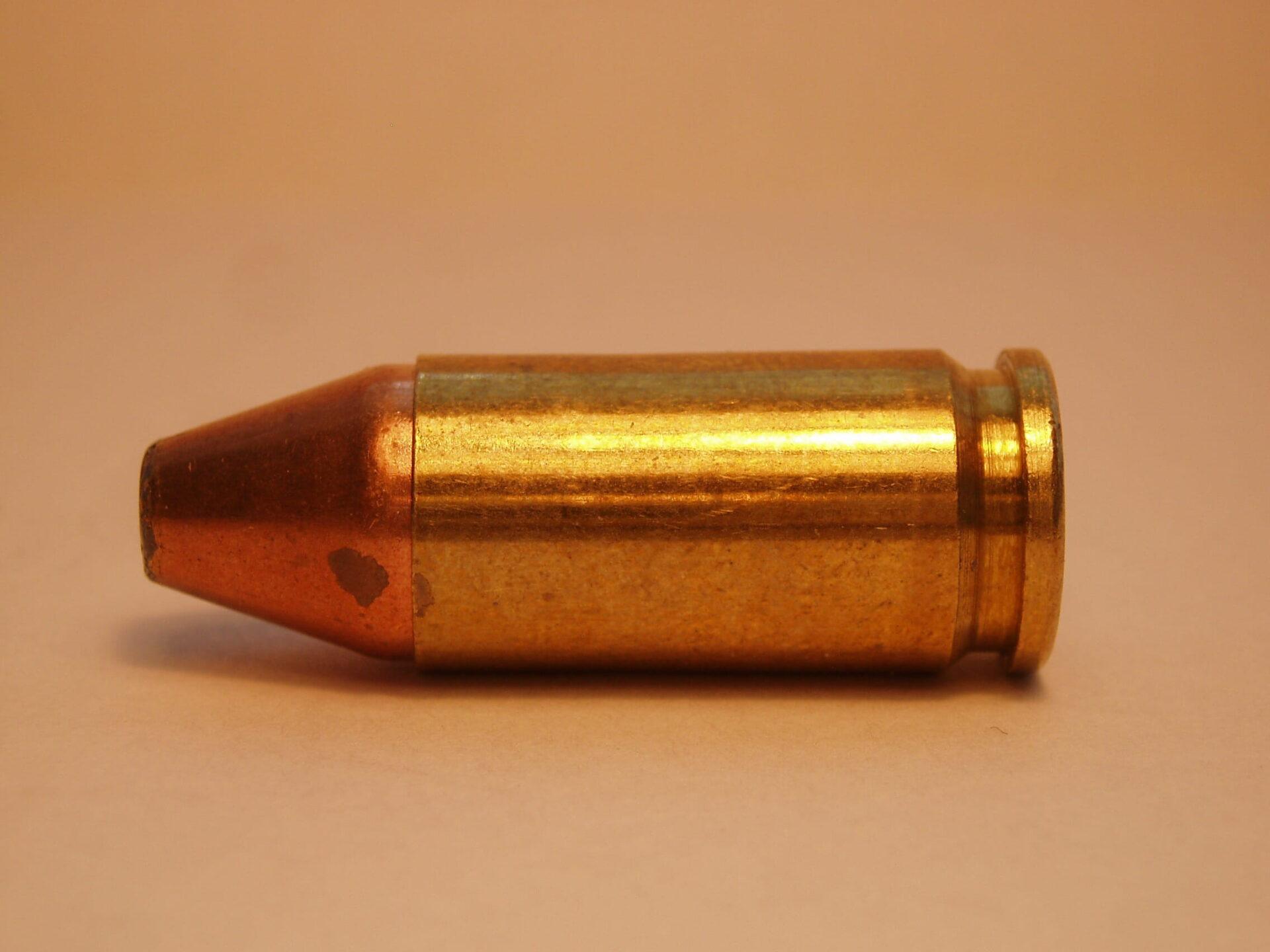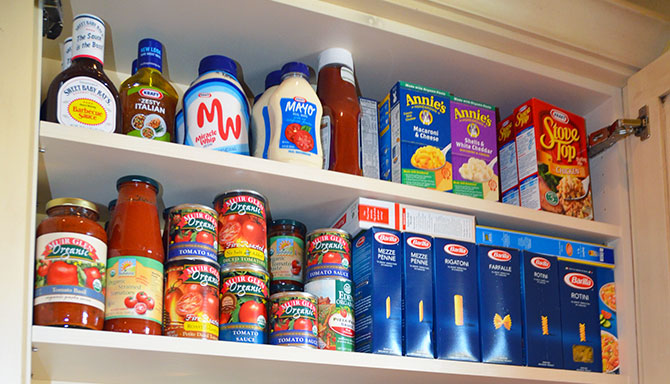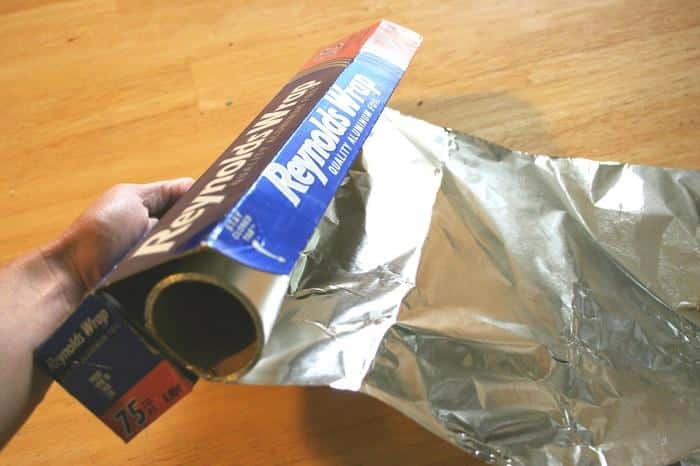
When funds are tight, and the budget for your stockpile needs is small, what should you do?
Here are the five best ways to save money while building your stockpile supply of food on a budget.
1. Define your budget.
That is, define the amount you can spend weekly or monthly so that you can plan and prioritize purchases. The amount that you can budget toward your stockpile is ideally tracked separately from your other funds. You even can set up a separate bank account (such as a savings account) and have money transferred to it on a recurring basis (from a paycheck or from your main account). Having a separate fund or account for your stockpile will allow you to clearly define what your budget is, and it will allow you to take advantage of sales on items you use.
2. Plan and prioritize.
Whether you are starting your stockpile or are adding to an established stockpile, evaluating and prioritizing the most likely needs for your stockpile is a smart move. Prioritize the likely threats to your power supply and your ability to access resources. Ask yourself: Why are you stockpiling, and what is most likely to occur that will make you rely on your stockpile? Is it a flood or a windstorm that is more likely to hit your area? First focus on getting a stockpile ready for a short-term outage before you move on to long-term needs.
Learn Everything You Don’t Know In “The Big Book Of Off The Grid Secrets”!
A sensible short-term stockpile will initially will include a supply of food and water to last about three days, and also will include non-edible items in planning. Once you have a three-day supply, you can focus on expanding that to a week, and then doubling your time to two weeks, a month, three months, and so on. Before you know it, you’ll be planning your long-term stockpile.
3. Consistency wins.
Consistency is your best ally when you are on a budget. A lot of small gradual savings or purchases over time can match or exceed “once-in-a-while” inconsistent savings or purchases. Slow and steady wins the race, to borrow an age-old proverb.
4. Keep track.
Lists are your friend. Keep an ongoing list of what you have and what you need so that you don’t make duplicative purchases or buy things you don’t actually need. Your goal is a well-rounded, well-planned stockpile, and you’ll get there by keeping an inventory, rotating your stockpile into regular use so it doesn’t expire, and keeping current lists of what you need, what you use, what you have (an inventory), and what you’re planning for.
5. Follow sales and use coupons.
Take advantage of sales and couples. However! This is No. 5 on the list instead of No. 1 because you really should not buy anything just because it’s on sale or because you have a coupon. Your budget, your lists, and your planning must absolutely take precedence over any sale and coupon items. However, if it’s an item you use, and it’s on your list of needs, and it’s in your budget, then clearly you should scoop up a sale or coupon item. Consider buying one for now and one for later during weekly grocery shopping.
What tips would you add to our list? Share your suggestions in the section below:










